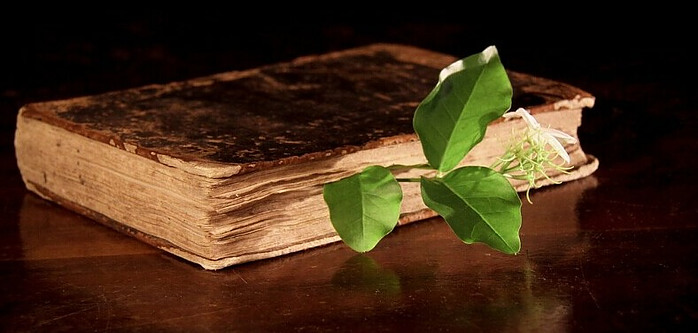
Early Uses of Medicinal Plants
-
Historical significance of medicinal plants in ancient civilizations
Medicinal plants held immense historical significance in ancient civilizations, playing a crucial role in healthcare and cultural practices. In ancient Egypt, plants like aloe vera were used for healing, while the Ebers Papyrus documented various herbal remedies. In ancient China, herbal medicine was integral, with texts like the Shen Nong Ben Cao Jing listing numerous plants and their medicinal properties.
Greece relied on medicinal plants, as seen in works by Hippocrates and Dioscorides. The Romans inherited and expanded this knowledge. Indian Ayurveda extensively employed plants like neem and turmeric, emphasizing holistic well-being. Indigenous cultures worldwide, such as Native Americans, had profound knowledge of local flora for medicinal purposes.
These plants not only addressed physical ailments but often held cultural and spiritual significance. The historical use of medicinal plants laid the foundation for traditional medicine and influenced the development of pharmacology.
-
Evidence of plant-based remedies in archeological findings
Archaeological findings suggest early humans used plant-based remedies. For instance, a 60,000-year-old burial site in Iraq revealed evidence of medicinal plants. Additionally, ancient texts from civilizations like Egypt and China describe herbal treatments, indicating the historical use of plant-based remedies.
Key Plants that Shaped Ancient Medicine
-
Identifying cornerstone plants like aloe, garlic, and mint
Aloe, garlic, and mint are often considered cornerstone plants for various reasons:
1. Aloe Vera: 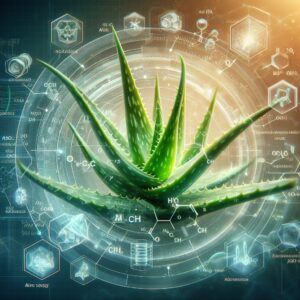
– Purpose: Known for its soothing properties, aloe vera is commonly used for skin care and treating burns.
– Growing Tips: Requires well-draining soil, moderate sunlight, and minimal water to thrive.
2. Garlic: 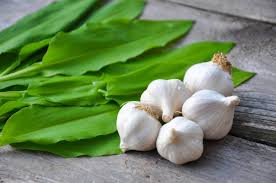
– Purpose: Widely used in cooking for flavor, garlic also has health benefits and is known for its natural antibiotic properties.
– Growing Tips: Plant in well-drained soil, provide sunlight, and harvest when the tops turn yellow.
3. Mint: 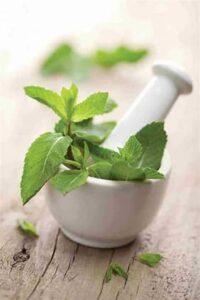
– Purpose: Used in culinary dishes, teas, and for medicinal purposes, mint is known for its refreshing flavor.
– Growing Tips: Prefers partial shade, well-moistened soil, an can be invasive, so it’s often grown in containers.
These plants serve as versatile and beneficial additions to gardens or indoor spaces.
-
Cultural importance of medicinal plants in Egypt, China, and the Americas
Medicinal plants hold significant cultural importance in Egypt, China, and the Americas due to their historical roles in traditional medicine and spiritual practices. In Egypt, plants like the lotus and papyrus were used for medicinal purposes, often intertwined with religious beliefs. In China, traditional Chinese medicine relies heavily on plants such as ginseng and ginkgo, reflecting a holistic approach to health deeply rooted in Chinese culture. In the Americas, indigenous communities have a rich tradition of using plants like echinacea and tobacco for healing rituals, connecting health to spiritual well-being. These plants not only serve medicinal functions but also symbolize cultural identity and the intimate relationship between nature and human life.
The evolution of trade routes that facilitated the spread of medicinal plant knowledge

Ancient trade routes played a crucial role in spreading medicinal plant knowledge by connecting diverse cultures and regions. Traders, explorers, and travelers exchanged goods, including medicinal plants, along these routes, fostering the exchange of knowledge about their uses. This facilitated the transfer of herbal remedies, cultivation techniques, and medicinal properties across different civilizations, contributing to the development of traditional medicine practices worldwide. The Silk Road, for example, connected East and West, enabling the transmission of not only goods but also valuable information about medicinal plants and their applications.
-
How traditional remedies inform current drug discovery
Traditional remedies often serve as valuable sources of inspiration for current drug discovery. Many9now pharmaceutical compounds have origins in plants, fungi, or other natural sources that have been used in traditional medicine for centuries. Scientists study these remedies to identify bioactive compounds and understand their mechanisms of action.
This knowledge can guide the development of new drugs or lead to the synthesis of modified compounds with enhanced efficacy and reduced side effects. Integrating traditional knowledge with modern scientific methods accelerates the identification of potential therapeutic agents.
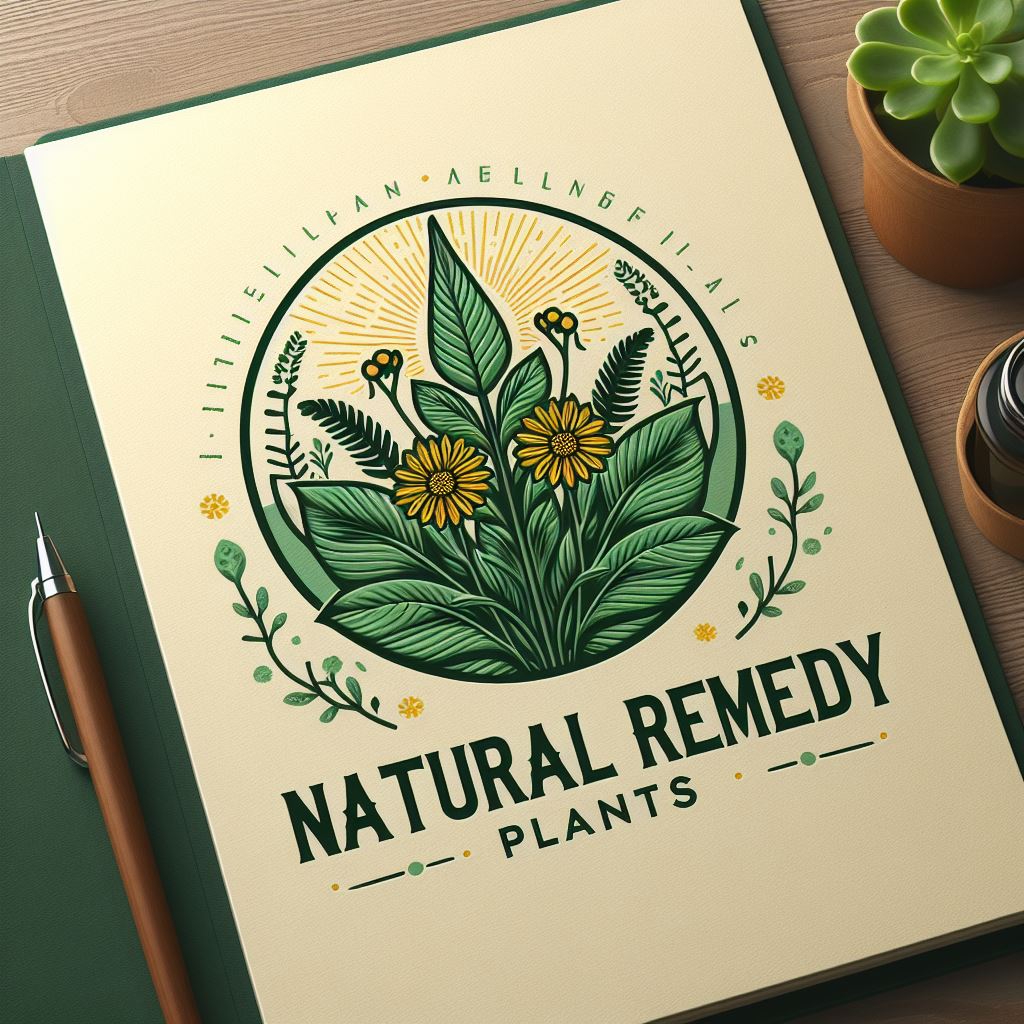
Hi Russell,
Your post is a good informative read about the plants. It is fascinating to see that how these plants can heal humans. It is used to correct human health for centuries, it is very interesting!
The article does an excellent job of illustrating how different civilizations, from ancient Egyptians to Chinese, harnessed the power of nature for healing purposes.
The historical anecdotes and references add depth and context to the narrative, making it more engaging and informative. Thank you very much
Thanks Tugral
Just starting my journey…hope I can make it enjoyable for everyone
Medicinal plants are still available these days but because of our so called modern technology people tends to forget about it. As I was growing up I remember my parents were using the medicinal plants when we get sick. Have you use any medicinal plants for your kids? What are some of the uncommon medicinal plants that you would like to share?
Hi, and thanks,
I started many years ago, with tea tree for headache relief aloe vera for inflammation, camomile for aid in sleeping. Since then I have planted and tried many other plants.
I enjoy learning what each plants properties are and how I can apply.
Thank you for your sharing. I am worried that I lack creative ideas. It is your article that makes me full of hope. Thank you. But, I have a question, can you help me?